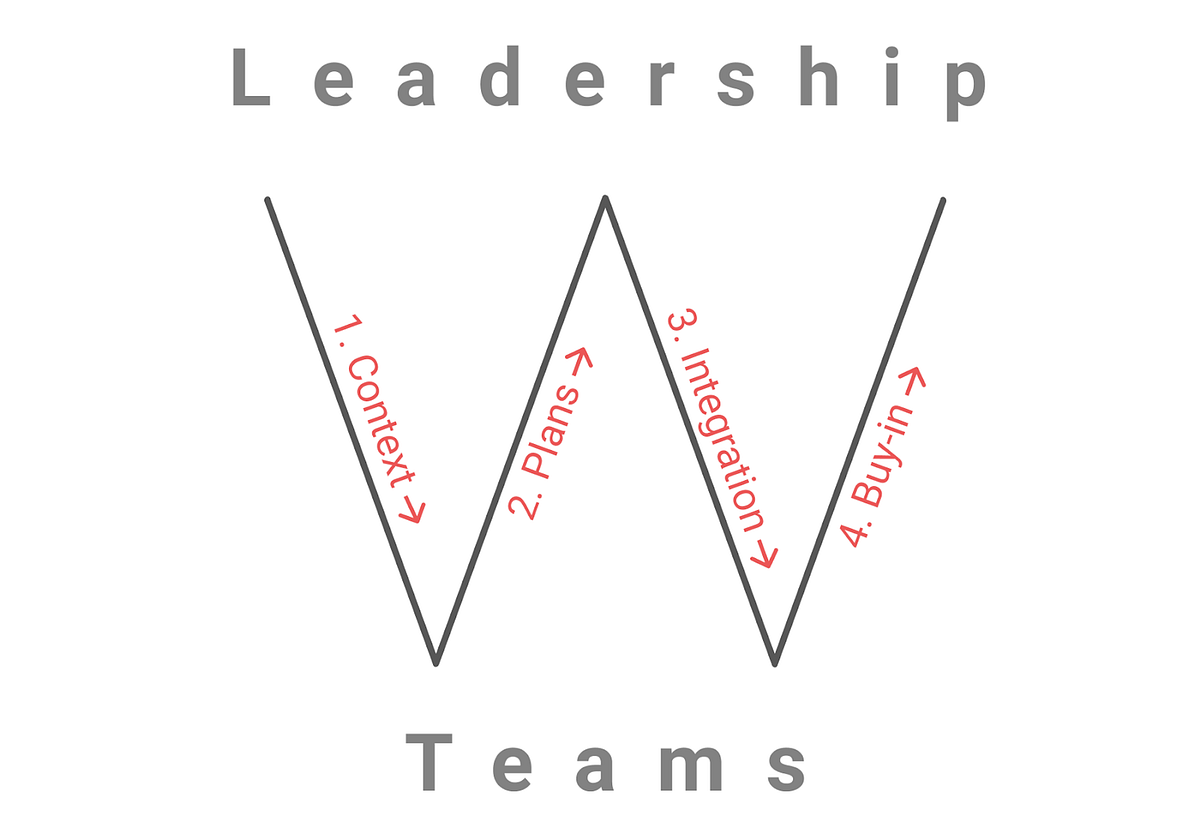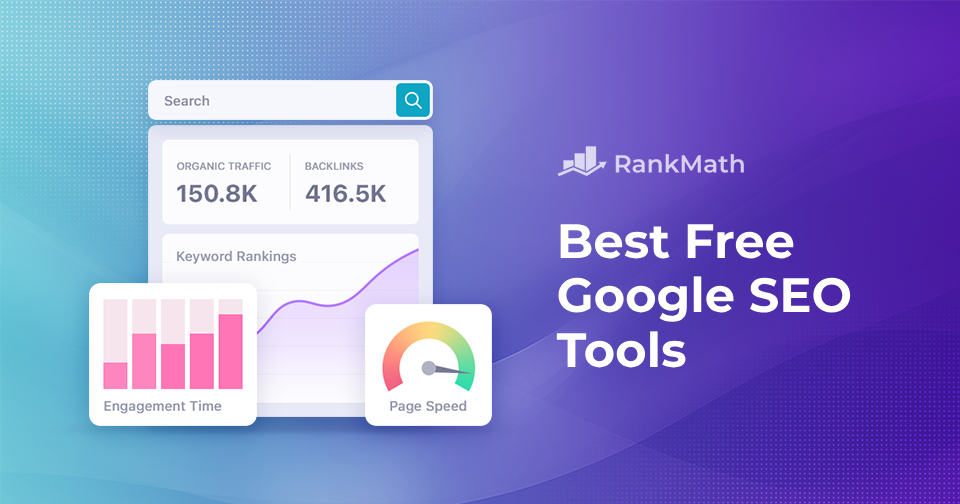
As we approach the end of Q3, many companies are starting to plan their next year — even without taking their eyes out of Q4. A company’s result is the sum of the performance of all its moving parts, ensuring all of them are synched towards one common direction, and a clear goal is your best chance to achieve the expected outcome.
While for most departments, this basically means analyzing historical data, reverse engineering results, gathering learnings and scaling what’s already known inside their scope of actuation… it’s totally different for a growth team.
The growth team is always doing something new, such as improving conversions, validating a new channel, optimizing a step of the funnel, testing new pricing plans, experimenting with a new bundle/packaging, and improving retention with a completely new approach.
It’s hard to plan the future based on no past. So what should they do then?
The growth team succeeds once there is vertical and horizontal integration inside the organization.
– Vertically: means the team includes both higher-level executives and lower-level employees in the program.
– Horizontally: means the team includes all growth levels in their scope of actuation: acquisition, activation, retention, revenue, and referral.
Even though the responsibility for the results always falls on the growth team’s shoulders, aggregating everything (areas) and everyone (people) in some steps of the process ensures alignment, collaboration, the flow of information, and understanding.
So, the W framework is a 4-step process created by Lenny Rachitsky, ex-growth at Airbnb and Eventbrite.
- Context: Leadership shares a high-level strategy with Teams
- Plans: Teams respond with proposed plans
- Integration: Leadership integrates into a single plan and shares with Teams
- Buy-in: Teams make final tweaks, confirm buy-in, and get rolling
So let’s break it all down…
This comes from above. The board of directors, the C-level, the founders, and VPs need to decide where the company needs to be 12 months from now, what resources will be at the team’s disposal, what are the main threads ahead, and how the macro-economic environment might impact the sector as a whole.
Example 1: the company might be going through a fundraising moment, and the metric that will guide the entire narrative is expansion, so this should become the highest priority for everyone.
Example 2: a new company was recently acquired, the product has been integrated into the suite, and now it’s time to reorganize, restructure, and re-educate all members towards this new reality.
Example 3: the company is on the final road to an IPO; the bank advisors already reported the main KPIs investors would be considering when deciding to participate or not — so this should become the prime concern for all teams.
While the context will come from above, the plan will come from below. First, team leaders must unite with leaders from other departments and listen to their problems, gather all information they can, all the inputs, insights, observations, and data, and aggregated them all into a detailed plan of action.
For a growth team, this means deciding what focus (or Objectives and Success Metrics) they will tackle for the next four quarters. It’s unparallel that this is made with the participation of other areas (break down the silos).
Example: considering the expansion demand listed above, the growth team has talked with the VP of Customer Service, the Chief Revenue Officer, and the Onboarding team and mapped out three key expansion opportunities that, although they have never been done before, if validated, could change the rules of the game.
Objective 1: Upsell to the x-cohort of users who are using feature X;
KPI 1: Increase upsell of x-cohort in X%Objective 2: Cross-sell to the y-cohort of users when they do Y.
KPI 2: Increase cross-sell to y-cohort in Y%Objective 3: Test the upgrade pricing for enterprise users
KPI3: Increase revenue per account of enterprise users in Z%
Even though the growth team is unsure which experiments will work and which won’t, they have a ballpark of the number of resources they will need to test things out. So we are back to the top-down, where executives will approve the plan, budget, resources, and the team needed to execute it.
In reality, this might look like from the 6 objectives you shared, 3 bets were approved.
Example: after analyzing all of the growth teams’ recommendations, the C-suite asked a few follow-up questions to ensure the problems and challenges you are setting up to tackle are indeed high-leverage opportunities for the company. After a brainstorming session with an advisor, they realized that two of your proposals were already being covered by a new product launch schedule for the near future. So they requested you to postpone that for the time being.
While the high-level executives are the go-to for WHERE, the lower-level employees are the go-to for HOW.
After all, your sales team is the one talking to potential customers all day long, your customer service reps are the ones dealing with final customers on a daily basis — they are the best source of testing ideas you can find. Of course, you can still supplement your backlog with benchmarks from the market, but inside insights usually have a higher chance of working out.
This is also the step in which you get ‘approval’ from all other leaders and members of different teams.
Example: to successfully improve the completion rate of the onboarding process, the growth team is planning to run an X-amount of tests over the next few months. To do this, they will need the design team to help with the final touches and the product team to run a code review before things go online. That’s where you guarantee you will get their support.
Vertical and horizontal integration for strategy building is definitely the ultimate success factor for every growth strategy. When you hear about breaking down siloes, this doesn’t refer exclusively to the execution of the strategy but also to the planning stage.
This will not only ensure your growth strategy is heading in the same direction that the company expects but also nurture understanding and collaboration from your peers from every angle (top-down and bottom-up).
If you want help defining your growth journey and implementing a successful experimentation program, reach out to us — we are here to help you!



